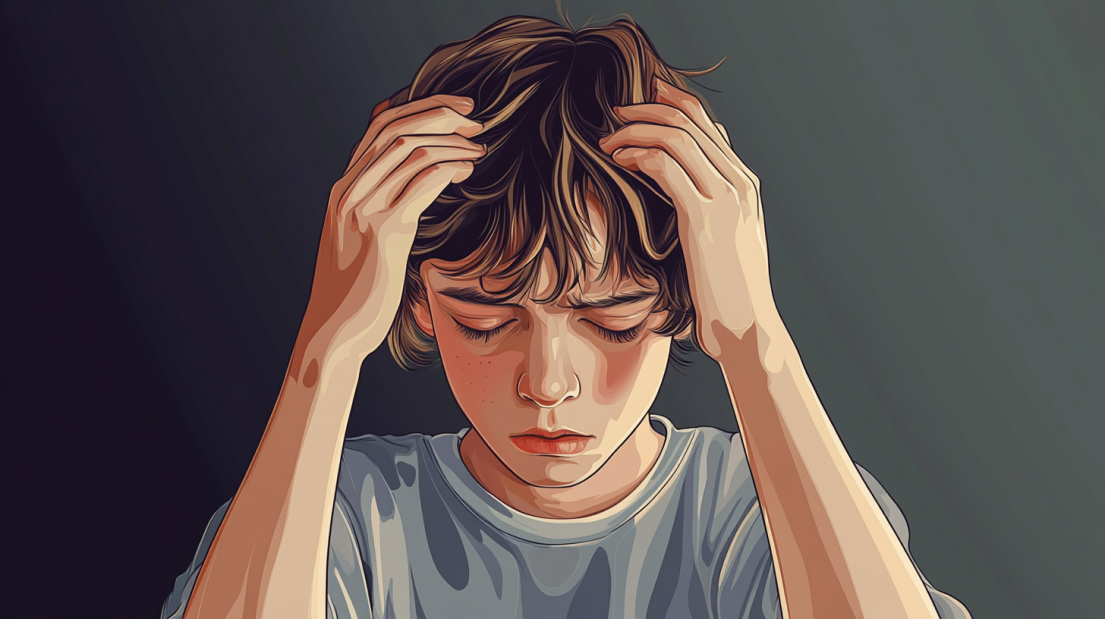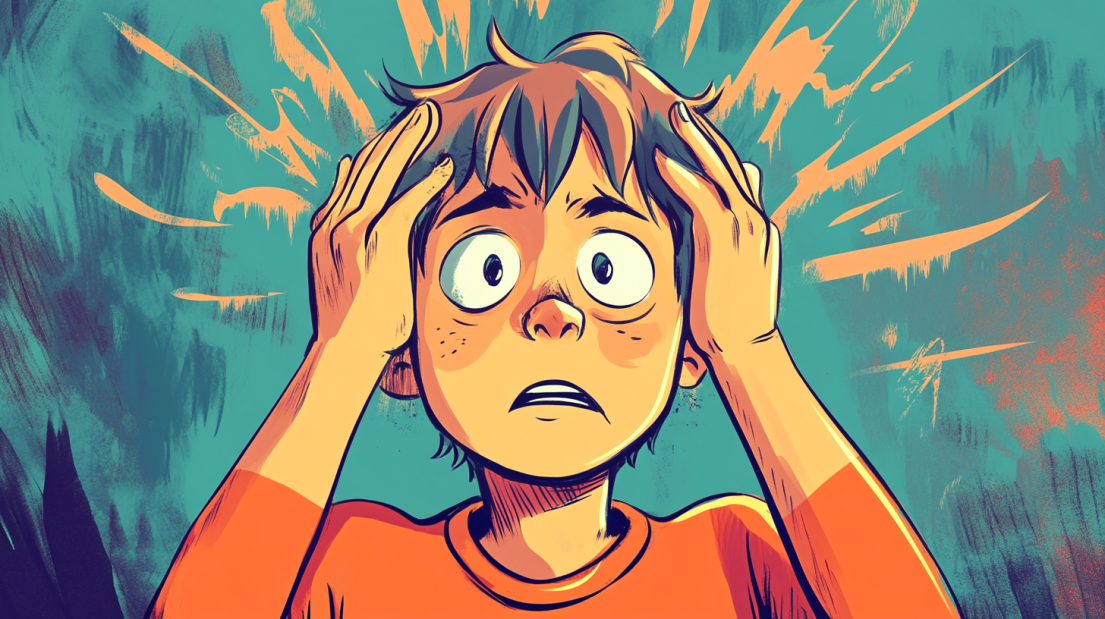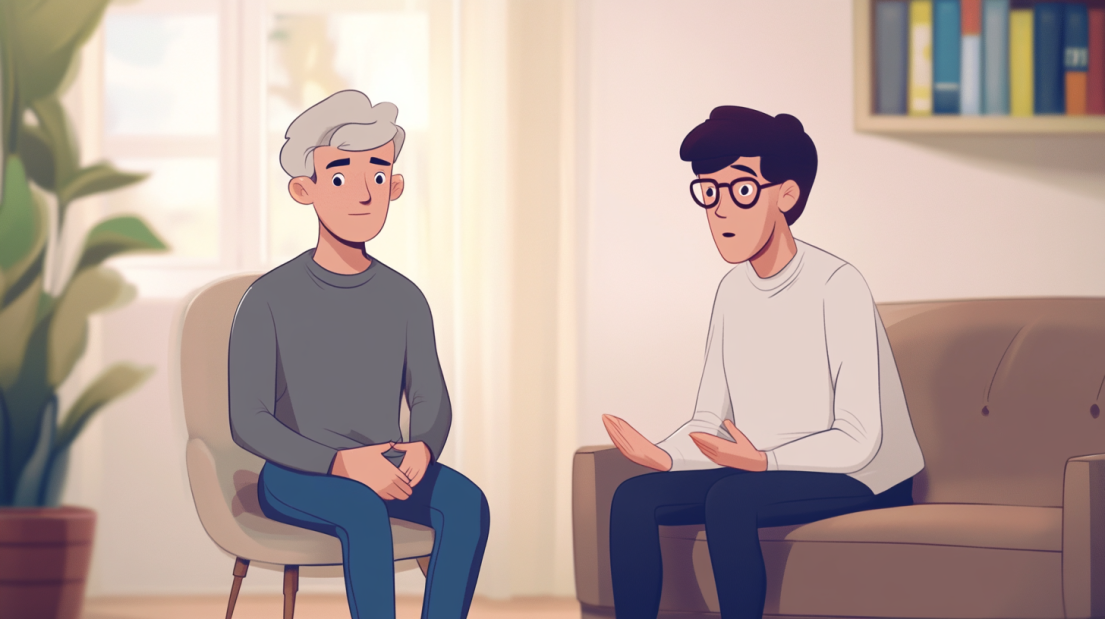
Many people experience fears that seem irrational to others, yet the anxiety is very real for those who face them.
Selenophobia is one such fear. It may seem unusual, but it can deeply impact the lives of those who suffer from it.
This blog will explore Selenophobia, why it occurs, and how it affects individuals. You’ll gain a clear understanding of the symptoms, causes, and treatment options available for those living with this phobia.
We’ll start by defining Seleniophobia, followed by an in-depth look at its causes, symptoms, and impact on daily life. Finally, we’ll cover effective ways to manage and treat this condition.
How is Selenophobia Defined?
Selenophobia is an intense and irrational fear of the moon or moonlight. This fear is categorized as a specific phobia, meaning it focuses on a particular object or situation that triggers extreme anxiety.
Unlike common phobias, such as the fear of heights or spiders, Selenophobia is relatively rare.
Those who suffer from it may experience significant distress, leading them to avoid looking at the moon or even stepping outside at night.
Understanding this phobia is crucial because, despite its rarity, it can severely impact a person’s daily life, limiting their ability to engage in normal activities, particularly during nighttime.
Examining the Causes of Selenophobia
Traumatic Childhood Events
Selenophobia often originates from specific traumatic experiences that occurred under moonlight.
For example, a distressing event during a full moon could leave a lasting impression, leading to the development of this phobia.
Such events can cause the individual to associate the moon with fear and anxiety, triggering intense reactions whenever they see or think about the moon.
Superstitions and Cultural Beliefs
Cultural myths and superstitions play a significant role in the development of Selenophobia.
The folklore surrounding werewolves and other moon-related creatures can instill fear, particularly in more impressionable children.
Additionally, some cultures believe the moon influences human behavior, often linking it to increased crime rates during a full moon.
These beliefs can contribute to the fear of the moon, especially if stories or media reinforce them.
Genetic Predisposition
Genetics may also play a role in the likelihood of developing Selenophobia. If a family member has a specific phobia, including a fear of the moon, there is an increased risk that other relatives might also develop similar fears.
This genetic predisposition suggests that phobias can run in families, making some individuals more vulnerable to developing Selenophobia.
Association with Other Phobias
Selenophobia is often linked to other related phobias, such as Nyctophobia, the fear of the dark, or Astrophobia, the fear of outer space.
These related fears can exacerbate the symptoms of Selenophobia, as the individual may already have a heightened sense of anxiety related to nighttime or celestial objects.
The presence of multiple phobias can create a complex web of fears that intensifies the impact of Selenophobia on daily life.
Symptoms of Selenophobia
1. Physical Symptoms
Individuals with Selenophobia may experience a range of physical reactions when confronted with the moon or moonlight.
Common symptoms include dizziness, heart palpitations, nausea, shortness of breath, and trembling.
These responses are typical of intense anxiety and can occur even at the thought of the moon, not just during direct exposure.
2. Behavioral Symptoms
Behavioral changes are another hallmark of Selenophobia. Those affected might go to great lengths to avoid moonlight, such as obsessively closing blinds or curtains at night.
They may also refuse to step outside after dark, especially during a full moon, to avoid any chance of encountering the object of their fear. These behaviors can significantly disrupt daily life and social activities.
3. Psychological Symptoms
The psychological impact of Selenophobia is profound. Individuals may experience overwhelming anxiety and distress when thinking about or seeing the moon.
In severe cases, this can escalate to panic attacks, characterized by a sudden and intense fear that can be debilitating.
The constant worry about encountering the moon can lead to ongoing stress and a pervasive dread, making it difficult to function normally.
4. Sleep Disruption
The fear of the moon or moonlight can also disrupt sleep patterns, as individuals with Selenophobia may experience heightened anxiety at night, leading to insomnia or restless sleep.
The constant worry about encountering the moon can make it difficult to relax and fall asleep, further impacting their overall well-being.
Diagnosis of Selenophobia
Evaluation Criteria
Healthcare providers diagnose Selenophobia by assessing specific criteria, including the symptoms’ duration and severity.
To confirm the diagnosis, the fear must be persistent, typically lasting six months or more, and must cause significant distress or interfere with the individual’s daily life.
Providers will inquire about how much the fear of the moon affects the person’s behavior, such as avoiding nighttime activities or experiencing panic attacks when exposed to moonlight.
The evaluation focuses on understanding how the phobia disrupts normal functioning and whether the fear is disproportionate to the actual threat posed by the moon.
Differential Diagnosis
It’s crucial to distinguish Selenophobia from other mental health conditions that may present with similar symptoms.
For instance, Generalized Anxiety Disorder (GAD) involves pervasive anxiety across various situations, not just in response to the moon.
Post-Traumatic Stress Disorder (PTSD) can also cause intense fear and avoidance behaviors, but these are usually linked to a specific traumatic event rather than an object like the moon.
By differentiating Selenophobia from these and other conditions, healthcare providers can ensure that the individual receives the most appropriate treatment for their specific phobia.
Effects of Selenophobia on Daily Life
Social Isolation
Selenophobia can have a profound impact on an individual’s social life, often leading to social withdrawal.
The fear of encountering the moon or moonlight may cause individuals to avoid nighttime activities, such as social gatherings, outdoor events, or even simple errands.
This avoidance can extend to a general reluctance to leave the house after dark, leading to a restricted lifestyle.
Over time, this isolation can strain relationships with friends and family, as the person may miss important social interactions, contributing to loneliness and detachment.
Mental Health Implications
If left untreated, Selenophobia can lead to serious long-term mental health consequences.
The constant anxiety and fear associated with this phobia can increase the risk of developing depression as the individual struggles with the limitations imposed by their fear.
Additionally, some may turn to substance misuse as a way to cope with their anxiety, leading to further complications.
Chronic anxiety stemming from Selenophobia can also exacerbate other mental health conditions, making it even more challenging for the individual to manage their overall well-being.
Management and Treatment of Selenophobia
1. Exposure Therapy
Exposure therapy is considered the most effective treatment for Selenophobia.
This therapeutic approach involves gradually helping individuals confront their fear of the moon in a controlled and safe environment.
The process typically starts with less intimidating exposures, such as looking at pictures of the moon, and progressively moves towards more direct encounters, like spending time outside during moonlit nights.
Over time, repeated exposure helps to reduce the fear response, allowing the individual to regain control over their anxiety.
2. Cognitive Behavioral Therapy (CBT)
Cognitive Behavioral Therapy (CBT) plays a crucial role in managing Selenophobia by helping individuals reframe the negative thoughts associated with the moon.
Through CBT, a therapist works with the individual to identify irrational beliefs and fears related to the moon and replace them with more rational, balanced thoughts.
This shift in perspective can significantly reduce the anxiety and fear triggered by moonlight, enabling the person to approach the situation more calmly and confidently.
3. Medication
For those with severe symptoms, particularly during full moon events, medication can be an important component of treatment.
Medications may be prescribed to help manage acute anxiety and prevent panic attacks. These medications are typically used on a short-term basis, providing relief during periods of intense fear.
However, they are often combined with therapy to address the underlying phobia rather than relying solely on medication.
4. Alternative Therapies
In addition to traditional therapies, alternative treatments such as Eye Movement Desensitization and Reprocessing (EMDR) and hypnosis can be effective supplementary options.
EMDR is particularly useful if the phobia stems from a traumatic event, as it helps individuals process and reduce the emotional impact of those memories.
Hypnosis can also aid in changing the subconscious associations with the moon, helping to alleviate the fear.
While these therapies may not be the primary treatment, they can provide additional support in managing Selenophobia.
Summing Up
Selenophobia, though rare, can have a significant impact on those who suffer from it, disrupting daily life and social interactions.
Understanding this phobia is essential for recognizing its effects and seeking appropriate treatment.
Whether through exposure therapy, cognitive behavioral therapy, or other supportive measures, individuals can find ways to manage and reduce their fear of the moon.
Addressing Selenophobia not only improves the quality of life but also prevents the potential long-term mental health consequences.
If you or someone you know struggles with this phobia, consider exploring the treatment options available to help regain control over your life.





